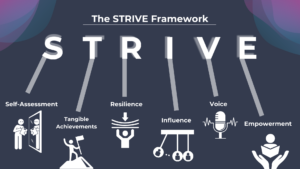Are you finding your life is becoming increasingly hectic, with constant demands from both your work and personal life? Feeling pulled in all directions can make you feel off-balance which will ultimately affect your wellbeing,
and that of those around you.
How can you achieve wellbeing?
It is useful to start with the idea that overall wellbeing involves both the mind and the body. Physical and mental wellbeing are closely related. Sarah Stewart-Brown, Professor of Public Health at the University of Warwick and a wellbeing expert, says: “Feeling happy is a part of mental wellbeing, but is far from the whole. There is a deeper kind of wellbeing, which is about living in a way that is good for you and good for others around you. “Feelings of contentment, enjoyment, confidence and engagement with the world are all a part of mental wellbeing. Self-esteem and self-confidence are too. So is a feeling that you can do the things you want to do. And so are good relationships, which bring joy to you and those around you.” The everywoman workbook, 60 minutes to wellbeing: your personal action plan (member login is required to access the workbook), identifies six areas which contribute to you achieving a sense of wellbeing:- Happiness, contentment and enjoyment – an awareness of positive feelings and the actions that trigger them
- Engagement and curiosity – being open to new experiences. Finding beauty and fun in the everyday.
- Positive relationships – every relationship can teach us something. Positive relationships with yourself and others will help you to be happier, more fulfilled, feel more supported and supportive, and connected
- Positive experiences – enjoying the word around you. Taking steps to find positive experiences and share them with others
- A sense of purpose – finding a direction in life and setting goals. This will bring meaningfulness and help you live longer
- Increased resilience – being able to bounce-back after episodes of stress and adversity. Also finding ways to cope with negative experiences.





